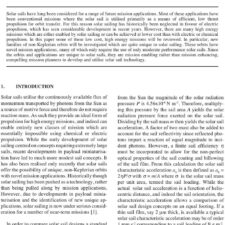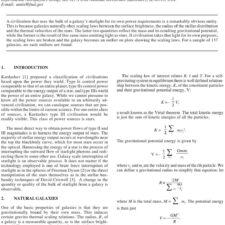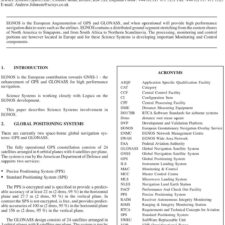Interstellar Sweat Equity
£5.00
M. H. Cohen; R. E. Becker; D. J. O’Donnell; A. R. Brody (2013), JBIS, 66, 110-124
Refcode: 2013.66.110
Abstract:
So, you have just launched aboard the Starship, headed to an exoplanet light years from Earth. You will spend the rest of your natural life on this journey in the expectation and hope that your grandchildren will arrive safely, land, and build a new settlement. You will need to govern the community onboard the Starship. This system of governance must meet unique requirements for participation, representation, and decision-making. On a spaceship that can fly and operate by itself, what will the crewmembers do for their generations in transit? Certainly, they will train and train again to practice the skills they will need upon arrival at a new world. However, this vicarious practice neither suffices to prepare the future pioneers for their destiny at a new star nor will it provide them with the satisfaction in their own work. To hone the crewmembers’ inventive and technical skills, to challenge and prepare them for pioneering, the crew would build and expand the interstellar ship in transit. This transstellar “sweat equity” gives a stake in the enterprise to all the people, providing meaningful and useful activity to the new generations of crewmembers. They build all the new segments of the vessel from raw materials – including atmosphere – stored on board. Construction of new pressure shell modules would be one option, but they also reconstruct or fill-in existing pressurized volumes. The crew makes new life support system components and develops new agricultural modules in anticipation of their future needs. Upon arrival at the new star or planet, the crew shall apply these robustly developed skills and self-sufficient spirit to their new home.





